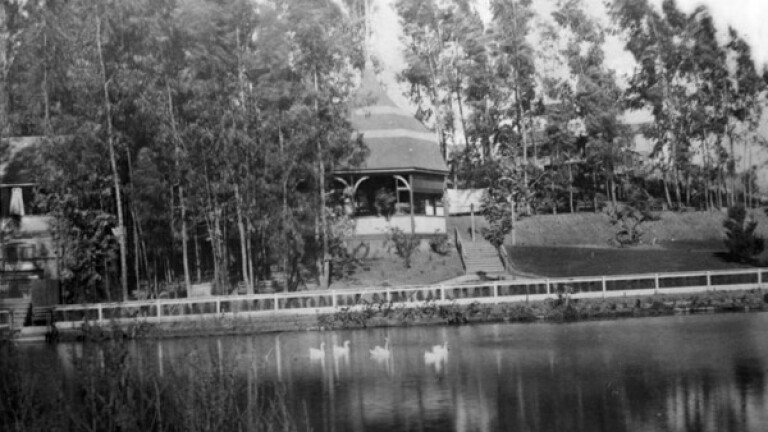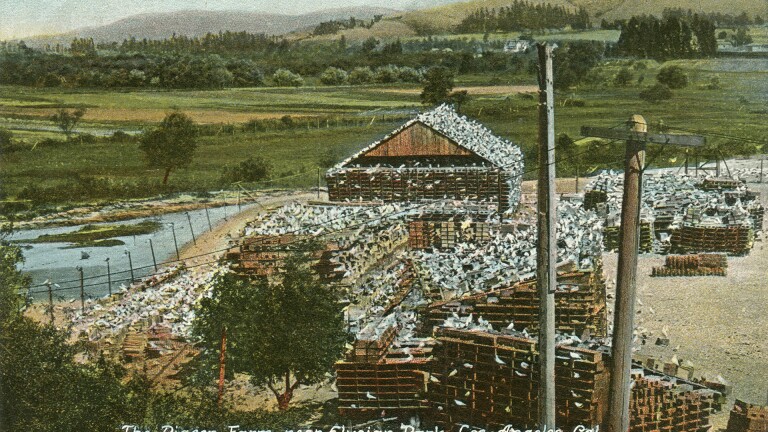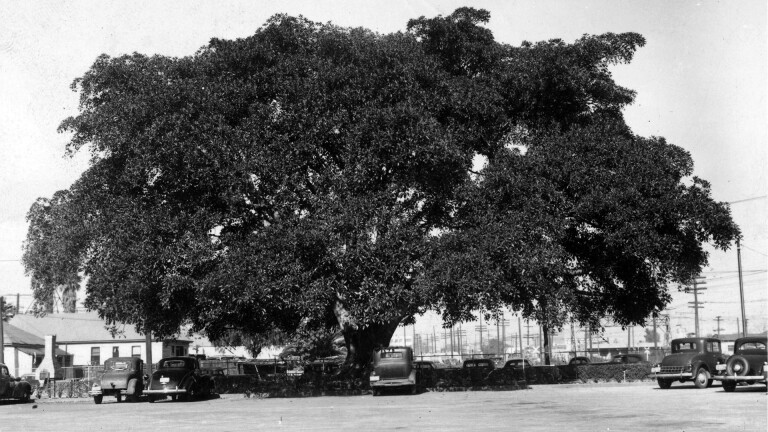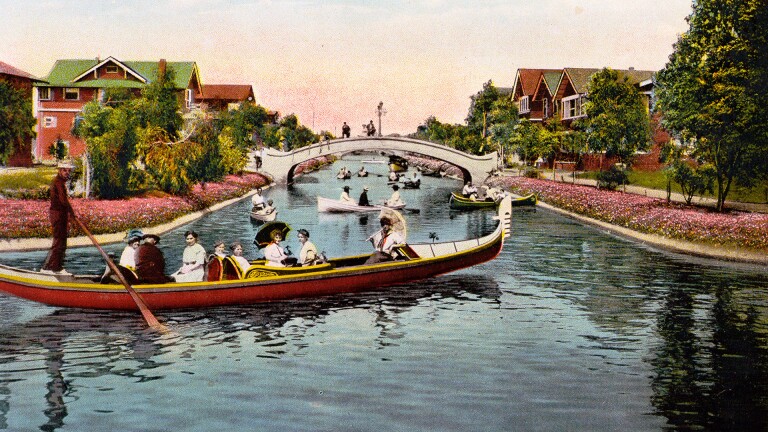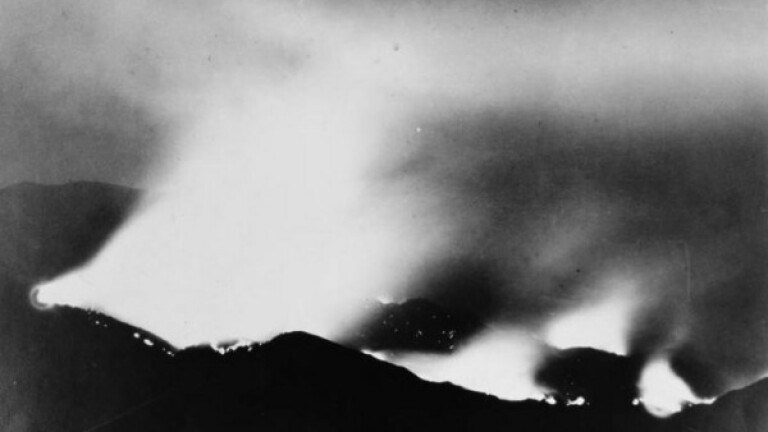Nathan Masters

Nathan Masters is host and executive producer of Lost L.A., an Emmy Award-winning public television series from KCET and the USC Libraries. The show explores how rare artifacts from Southern California's archives can unlock hidden and often-surprising stories from the region's past. Nathan’s writing has appeared in many publications, including Los Angeles Magazine and the Los Angeles Times. He also helps manage public programs and media initiatives at the USC Libraries, home to the L.A. as Subjectresearch consortium.

